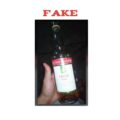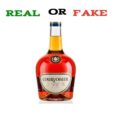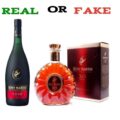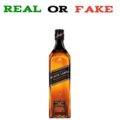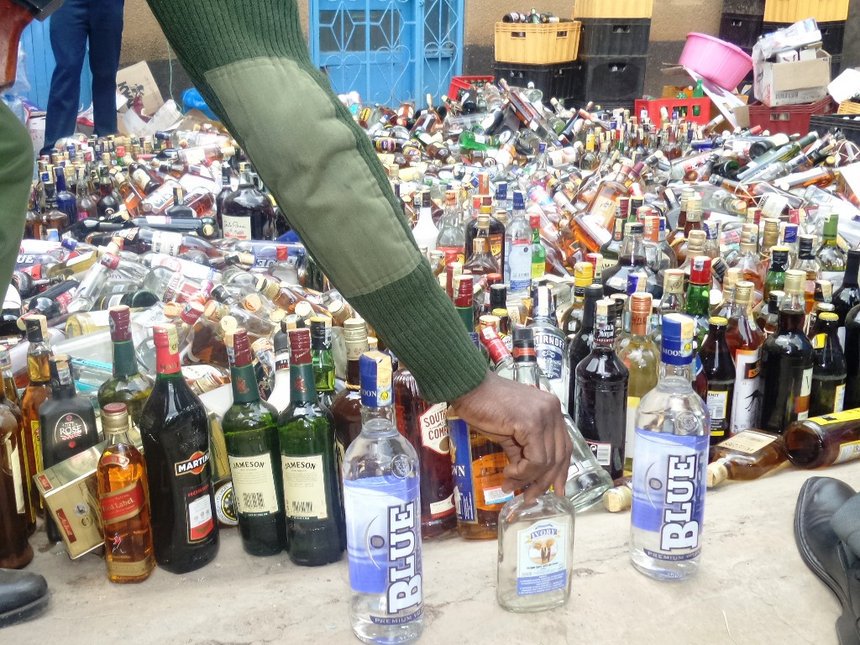
According to a Forbes article, a recent study published in The Lancet has found that global alcohol consumption is steadily increasing. Total alcohol consumed globally per year has gone from 21 billion liters in 1990 to 35.7 billion liters in 2017 – an increase of 70%. Low and middle-income countries are the driving force behind the trend with Vietnam, India, and China all recording significant increases. With this global increase in the rate of consumption also comes the issue of fake alcohol.
Fake and adulterated alcohol products are a major problem across the globe especially when it comes to expensive brands. The Markets are saturated with fake alcoholic drinks professionally counterfeited to look like the original. Fake alcohol is pretty much exactly what it sounds like: a bootleg distillate, very often sold as if it were legally produced. They can produce similar effects to ethanol in terms of making you feel tipsy. But they are also potentially very dangerous.
Health authorities in many countries say the coronavirus pandemic has led to a spike in excessive drinking – and in deaths from fake alcohol. Methanol has been implicated as the main culprit in many fake alcohol-related deaths. Counterfeit alcohol in Costa Rica, for example, has recently been linked to 25 deaths, with a total of 59 patients confirmed to have required hospital treatment for methanol poisoning.
Alcoholic beverages suspected to be counterfeit may contain high levels of methanol. Methanol poisoning symptoms include nausea, vomiting, and loss of consciousness, but severe cases may lead to blindness and death. Severe symptoms do not usually occur until 12 to 24 hours after consumption.
Selling counterfeit alcoholic beverages containing dangerous concentrations of methanol in supermarkets and kiosks is very prevalent in many countries and has recently been exacerbated by the COVID-19 restrictions.
How to Spot Fake Alcohol
Methanol is often deliberately added to alcoholic beverages as a cheaper alternative to ethanol, which is so-called normal alcohol that can be consumed, according to the Methanol Institute. Drinking just 25 to 90 milliliters of methanol can be fatal without proper medical treatment.
Public Health officials list the following guidelines (depending on the brand) to identify counterfeit alcohol:
- A particularly low price
- The label is missing the manufacturer’s address or name
- No manufacturing date or batch number is on the bottle
- When several bottles of the same brand in a store have an uneven level of liquid. This is an indication of manual filling
- When the label has a spelling error or is glued unevenly
- When the cork seems to have been previously opened
There have been numerous outbreaks of methanol poisoning from adulterated counterfeit or informally-produced spirit drinks in recent years, according to the World Health Organization. Countries affected include Cambodia, the Czech Republic, Ecuador, Estonia, India, Indonesia, Kenya, Libya, Nicaragua, Norway, Pakistan, Turkey, and Uganda. The size of these outbreaks has ranged from 20 to more than 800 victims, with case fatality rates of 30 percent in some instances.
Important Information
This information on fake alcoholic products is provided as part of our harm reduction efforts. It’s important to note that alcoholism is a real disease. It can cause changes to the brain and neurochemistry, so a person with an alcohol addiction may not be able to control their actions.
Alcohol addiction can show itself in a variety of ways. The severity of the disease, how often someone drinks, and the alcohol they consume varies from person to person. Some people drink heavily all day, while others binge drink and then stay sober for a while. Regardless of how the addiction looks, someone typically has an alcohol addiction if they heavily rely on drinking and can’t stay sober for an extended period of time.
Many people addicted to alcohol also turn to 12-step programs like Alcoholics Anonymous (AA). There are also other support groups that don’t follow the 12-step model, such as SMART Recovery and Sober Recovery.
Regardless of the type of support system, it’s helpful to get involved in at least one when getting sober. Sober communities can help someone struggling with alcohol addiction deal with the challenges of sobriety in day-to-day life. Sober communities can also share relatable experiences and offer new, healthy friendships. And these communities make the person with an alcohol addiction accountable and provide a place to turn to if there is a relapse.


